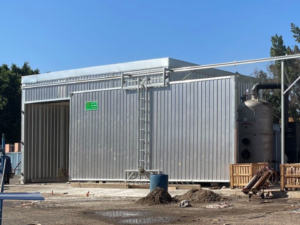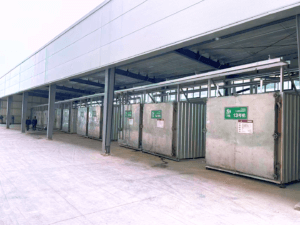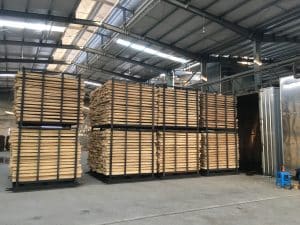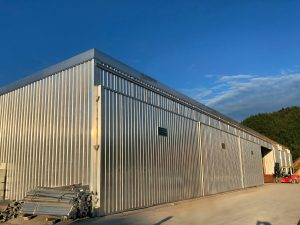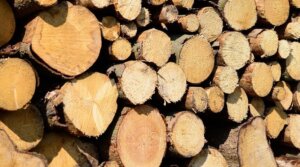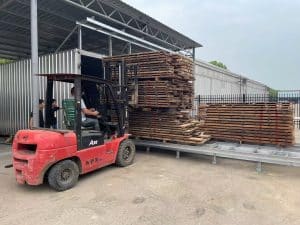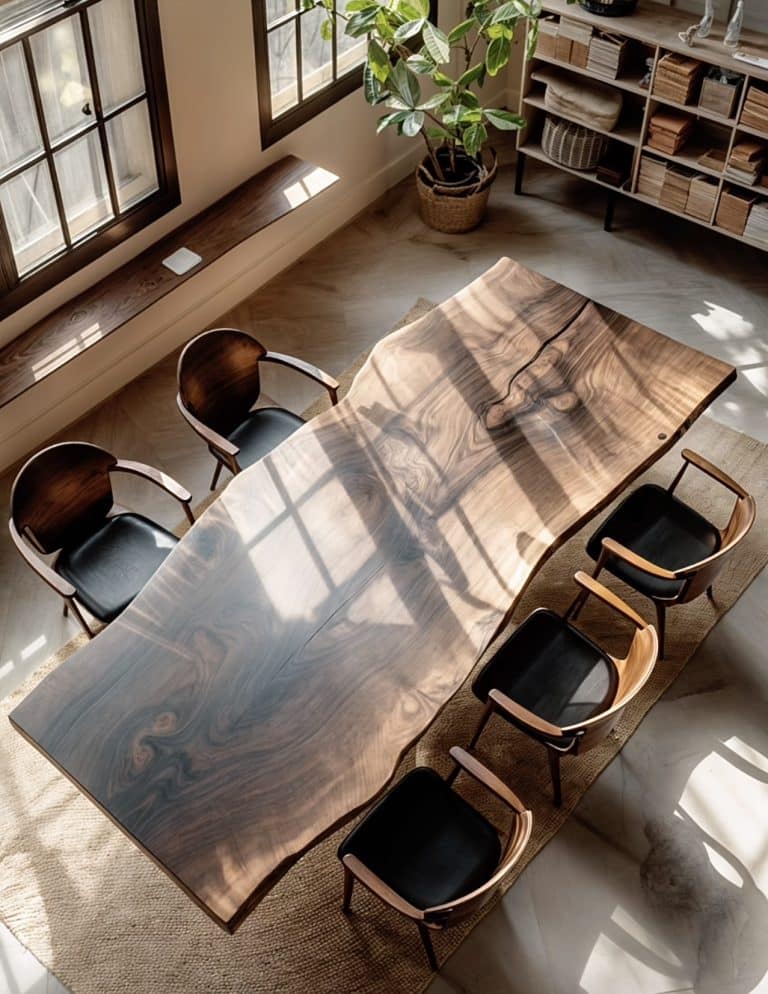
Kiln drying is a critical step in the lumber industry, especially when dealing with hardwood. Unlike air drying, which can take months or even years, kiln drying accelerates the moisture removal process, ensuring the wood reaches optimal moisture content quickly and uniformly.
In construction, furniture making, cabinetry, and flooring, hardwood must meet specific quality and moisture standards. Proper kiln drying not only preserves the wood’s integrity but also improves its performance and lifespan in real-world applications.
What is a Hardwood Kiln?
A hardwood kiln is a controlled chamber or structure designed to dry lumber using regulated heat, humidity, and airflow. Unlike softwood, hardwood has denser cell structures, requiring precise drying methods to avoid defects like warping, cracking, or case-hardening.
Key Features of Hardwood Kilns:
- Temperature control systems
- Humidity and airflow regulation
- Programmable drying schedules
- Moisture content sensors
Types of Kilns Used for Hardwood Drying
2.1 Conventional Kilns
These use steam or hot water systems to heat the air circulated through the chamber. They’re ideal for large volumes and are common in industrial setups.
2.2 Dehumidification Kilns
They recycle heat and extract moisture via condensation, offering energy efficiency and consistent results for small to medium operations.
2.3 Solar Kilns
Eco-friendly and cost-effective, solar kilns are suitable for small batches and hobbyists, though drying times are longer.
2.4 Vacuum Kilns
These use low atmospheric pressure to lower the boiling point of water, allowing wood to dry quickly without high temperatures. Ideal for delicate or high-value hardwoods.
Hardwood Drying Process: Step-by-Step Breakdown
3.1 Pre-Drying Stage
Lumber is stacked and often pre-air-dried to reduce initial moisture and minimize stress on the wood during kiln drying.
3.2 Kiln Loading
Proper stacking with spacers (stickers) allows even airflow between boards. Wood should be sorted by species and thickness.
3.3 Initial Drying Phase
High humidity and lower heat start the drying gently to prevent surface cracking.
3.4 Intermediate Phase
Temperature is gradually increased while humidity is decreased, encouraging interior moisture migration.
3.5 Conditioning Phase
The final stage involves equalizing the wood’s moisture content and relieving internal stresses using steam injections if needed.
3.6 Cooling and Storage
After drying, wood is allowed to cool and rest in a controlled environment to stabilize before further processing.
Benefits of Kiln Drying Hardwood
4.1 Faster Drying Times
Reduces drying time from months to days or weeks depending on wood type and kiln technology.
4.2 Higher Dimensional Stability
Prevents shrinkage, cupping, and twisting post-installation.
4.3 Enhanced Product Quality
Reduces defects and improves finish quality for flooring, furniture, or cabinetry.
4.4 Pest and Fungi Elimination
Kiln heat eliminates insects, larvae, and spores that may be present in green wood.
4.5 Improved Adhesion and Finishing
Kiln-dried lumber holds paint, stain, and adhesives better due to controlled moisture levels.
Common Challenges in Kiln Drying Hardwood
5.1 Case Hardening
Occurs when the outer wood dries faster than the core, causing internal tension and potential cracking.
5.2 Honeycombing
Internal cracks that appear when drying too quickly—especially in dense species like oak.
5.3 Sticker Stain
Discoloration caused by poor-quality stickers or improper stacking techniques.
5.4 Uneven Drying
Leads to warping and structural inconsistencies, often due to uneven airflow or poor loading methods.
Best Practices for Effective Hardwood Kiln Drying
6.1 Select the Right Kiln for Your Needs
Match the kiln type with your production volume, wood species, and budget.
6.2 Monitor Moisture Content Regularly
Use pin-type or pinless moisture meters to track drying progress accurately.
6.3 Use Proper Sticker Placement
Even spacing improves airflow and drying uniformity. Use seasoned, mold-free stickers.
6.4 Avoid Overloading
Maintain airflow efficiency by stacking correctly and not exceeding capacity.
6.5 Follow Species-Specific Schedules
Hardwoods vary in density—each requires a tailored drying program to minimize defects.
Hardwood Kiln Drying Times: What to Expect
Drying times can vary greatly based on species, thickness, initial moisture, and kiln type. Below are general estimates for 1-inch-thick boards:
Wood Species | Air-Dried First? | Kiln Drying Time | Final Moisture |
Oak (Red) | Yes | 21-28 days | 6-8% |
Maple | No | 10-14 days | 6-8% |
Walnut | Yes | 14-20 days | 6-8% |
Cherry | No | 12-18 days | 6-8% |
Safety and Environmental Considerations
8.1 Fire Safety
High heat and electrical components necessitate proper fire detection and ventilation systems.
8.2 Emission Controls
Kilns, especially those using fossil fuels, must comply with environmental regulations regarding VOCs and particulate matter.
8.3 Operator Training
Staff must be trained in kiln operation, safety protocols, and troubleshooting.
Future Trends in Hardwood Kiln Technology
9.1 AI and Automation
Smart controls and sensors reduce human error and improve consistency.
9.2 Energy Efficiency Innovations
Hybrid solar-electric systems and advanced heat recovery technologies are emerging.
9.3 Remote Monitoring
Cloud-based kiln software lets operators manage drying remotely with real-time alerts and data analytics.
Choosing the Right Hardwood Kiln Supplier
Factors to Consider:
- Reputation and experience
- After-sales support and training
- Customization options
- Energy efficiency ratings
- Warranty and maintenance plans
Check for certifications and consult customer reviews before making your decision.
Conclusion: Enhance Your Lumber Quality with Hardwood Kiln Drying
Whether you’re a seasoned professional or a small-scale woodworker, investing in a quality hardwood kiln unlocks consistent, high-grade lumber for your projects. By mastering kiln drying, you reduce waste, improve finish quality, and meet client or industry expectations with confidence.
Contact our kiln specialists today for customized hardwood drying solutions that meet your exact needs.
FAQs: Hardwood Kiln Drying Explained
- What is the ideal moisture content for kiln-dried hardwood?
Most kiln-dried hardwood reaches 6–8% moisture content, optimal for indoor use in furniture and construction.
- Can I use a softwood kiln for hardwood?
Technically yes, but you must adjust drying schedules. Hardwood requires slower, more controlled drying to prevent defects.
- How long does it take to kiln dry hardwood?
Depending on species and thickness, drying can take from 7 to 30 days. Oak takes longer, while cherry and maple dry faster.
- What are the signs of improperly dried hardwood?
Watch for warping, checking (cracks), discoloration, and uneven moisture levels, which indicate poor drying.
- Is solar kiln drying effective for hardwood?
Yes, especially for smaller batches. However, it’s slower and weather-dependent compared to conventional or vacuum kilns.




